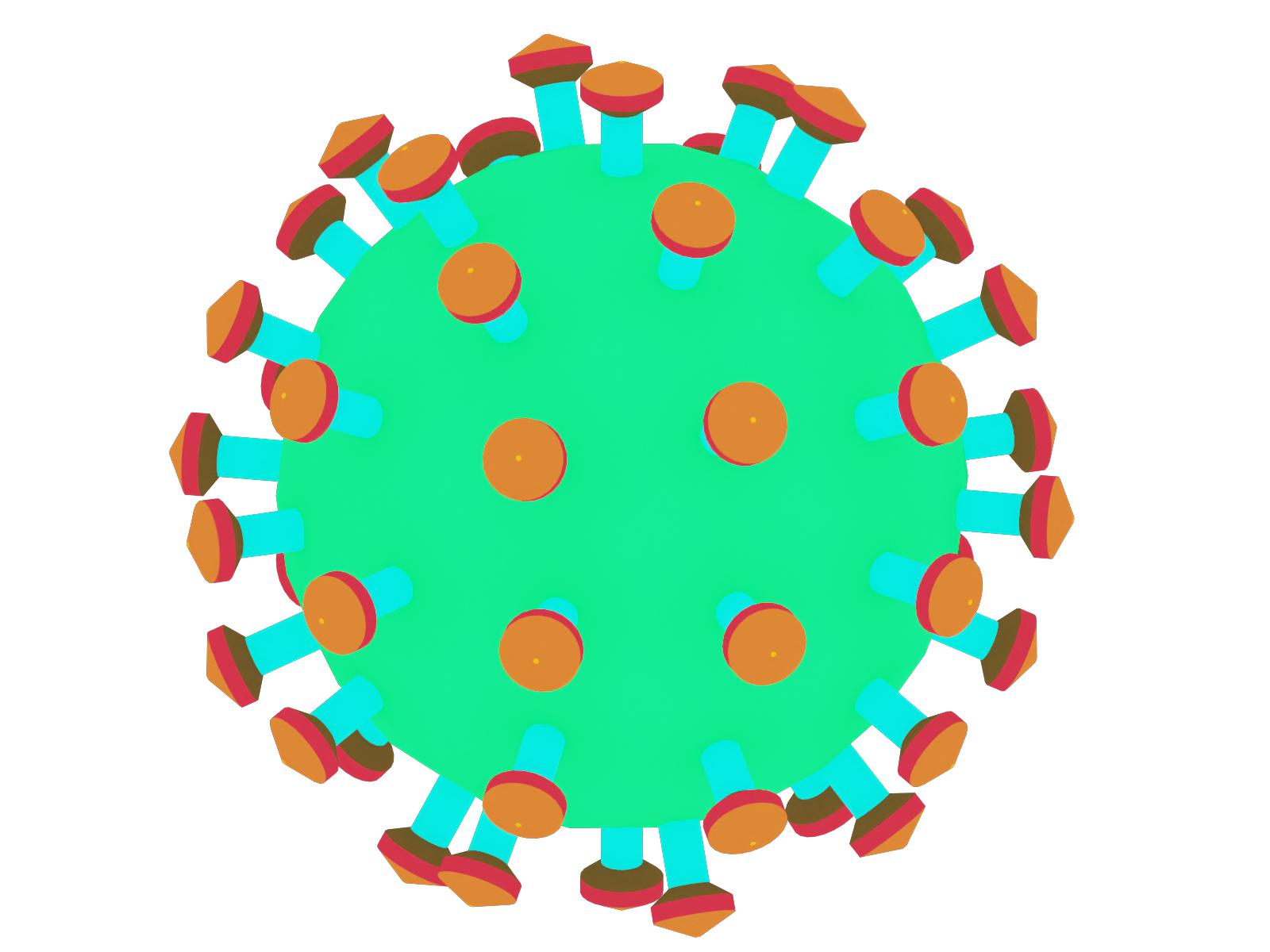4 July 2024
Things can only get better …
Paul Branch

Just six weeks ago we were treated to the unedifying spectacle of our Prime Minister outside No 10 Downing Street drenched in rain announcing the date for the General Election, no umbrella and without a helping aide in sight. In the background played a throwback to the 1990s, blasting out on portable speakers provided by a self-proclaimed political activist: Things can only get better sung by D:Ream, no doubt trying to give Rishi some light-hearted encouragement as his day went from bad to horrendous. The comparison with the performances of England’s football team at the 2024 Euros is too good to miss, but at least Rishi’s trousers didn’t shrink any further in the deluge, and at time of writing both he and England (goodness alone knows how) are still in it to win it.
Those able to think fondly all the way back to 1997 will recall that the same song heralded Tony Blair’s election triumph over John Major. In between times it’s been used by Jeremy Clarkson on Top Gear, by fans of Sunderland football club as a prelude to short-lived success on the hiring of a new manager, and in an episode of The Crown as a choral arrangement. But the link that is perhaps the most ear-catching is that it featured during the Covid-19 pandemic in Nottingham as part of the Clap for Carers campaign. Remember that? And if so, you might be wondering: Whatever happened to our old friend the coronavirus, the pestilence which came close to blighting our global existence? And the answer is it’s still with us, alive and well having gone through many mutations as expected, but nowhere near as frighteningly prolific or harmful as it once was. In recent months a new group of Covid variants has arrived on our doorstep, endearingly named FLiRT*, descended from the dominant JN.1 variant, itself a sub-variant of the more familiar Omicron strain. In terms of symptoms, today’s Covid is very much like a bad cold, with the elderly and less immune being more susceptible and therefore the only groups still being offered vaccines. The probability of a much worsened condition is very low, to the extent it’s become just something else in the background we can all easily catch and just as easily get over. Given where we were back in 2020, that’s certainly a fine example of things having got considerably better.
Of course huge shifts in good fortune like that don’t happen of their own accord, and in this case we in the UK should be eternally grateful for the timely development of the Oxford-AstraZeneca vaccine and latterly others such as Pfizer and Moderna. Recently there have been reports claiming that these caused significant numbers of excess deaths, and in many countries it was the case that, over the period 2020-2023 when Covid was at its peak and vaccination programmes were being rolled out globally, there were indeed statistically significant excess deaths (some 3 million across nearly 50 reporting countries). Sadly some of these deaths were associated with the vaccines, but analytical studies have shown that overall the death rate from all causes was higher for the non-vaccinated group than for those people who had been vaccinated at least once, which appears to refute the assumption that vaccinations have been a major cause of excess deaths.
There are many other possible causes of excess deaths, including Covid itself. Others might be longer-term effects of earlier Covid infections, the return of other infections such as influenza that had been suppressed during lockdowns, the adverse effects of lockdowns on physical and mental health, and delays in the diagnosis and treatment of non-Covid ailments. There is ample evidence of the protective benefits of vaccination against severe Covid symptoms and death, but the number of lives estimated to have been saved by the vaccines can only be guessed at. With 2.5 billion doses of the AstraZeneca vaccine administered globally in 2021, it’s estimated 6 million lives were saved in that year alone by that single vaccine. However, in May this year the vaccine was no longer authorised for use by the European Commission. So was this the result of bad press and misinformation that seemed to follow the vaccine throughout its life span?
Right from the start on 4 January 2021 when the first dose was administered outside of clinical trials, there was adverse publicity in France and particularly Germany where it was stated that the vaccine was only 8% effective in the elderly, against a claimed efficacy of around 70% across all age groups. This was the result of careless confusion between the percentage of people aged over 65 taking part in the clinical trials and the efficacy measure. Another piece of misinformation claimed that the vaccine caused female infertility, whereas it is Covid itself which increases the risks of infertility, along with blood clots. And the vaccine’s potential adverse effects related to blood clots also came in for a hammering despite being far outweighed by the effects of Covid itself and by many widely prescribed medicines.
The EC announcement in fact followed an application by AstraZeneca itself in March this year to withdraw its EU marketing authorisation. Despite having a high-profile, very effective product used across the world, other Covid vaccines from Pfizer and Moderna with their mRNA technology are essentially even better in their effectiveness and safety levels. Initial concerns about their need for specialist refrigeration for transportation and storage have been overcome (especially valuable in poorer countries) and the mRNA technology provides for a simpler updating process when new variants emerge. Given these advantages inherent in their competitors’ products, and despite AstraZeneca’s non-profit approach to marketing, orders are now much lower than in previous years so it seems a good time to call it a day, in the knowledge that the Oxford-AstraZeneca vaccine played a key role in a safe and effective response to Covid in many countries around the world.
If that wasn’t enough of a good news story, research is progressing on how to develop protection against future pandemic threats which, as we know from bitter recent experience, can strike with appalling effects especially if there’s been little or no preparation for such outbreaks. Rather than protect against an existing virus, relatively simple vaccines are being developed which can protect against a range of coronaviruses including those yet to be identified. This form of proactive vaccinology is being addressed at Oxford and Cambridge universities in a collaboration with Caltech in the USA, and has been tested successfully in the laboratory. There’s also a streamlined production and assembly process being implemented to help in moving on to testing the vaccine in humans. The ultimate goal is to apply the same technology to developing a library of vaccines against viruses with pandemic potential, before they have the opportunity to infect us.
Hopefully our incoming leaders will have learnt the main lesson of Covid: expect the unexpected, invest in potential solutions now, and make sure things really will get better in line with D:Ream’s little mantra. Alternatively as with England’s footballers, we can just Dream On along with Arrowsmith and hope it all works out well in the end.
*Based on the technical names for the variants’ spike protein mutations or the amino acid changes, FLiRT’s changes are phenylalanine [F] to leucine [L], and arginine [R] to threonine [T], with a few positional twiddly bits in between. Potential party conversation stopper or future trivia quiz question.


